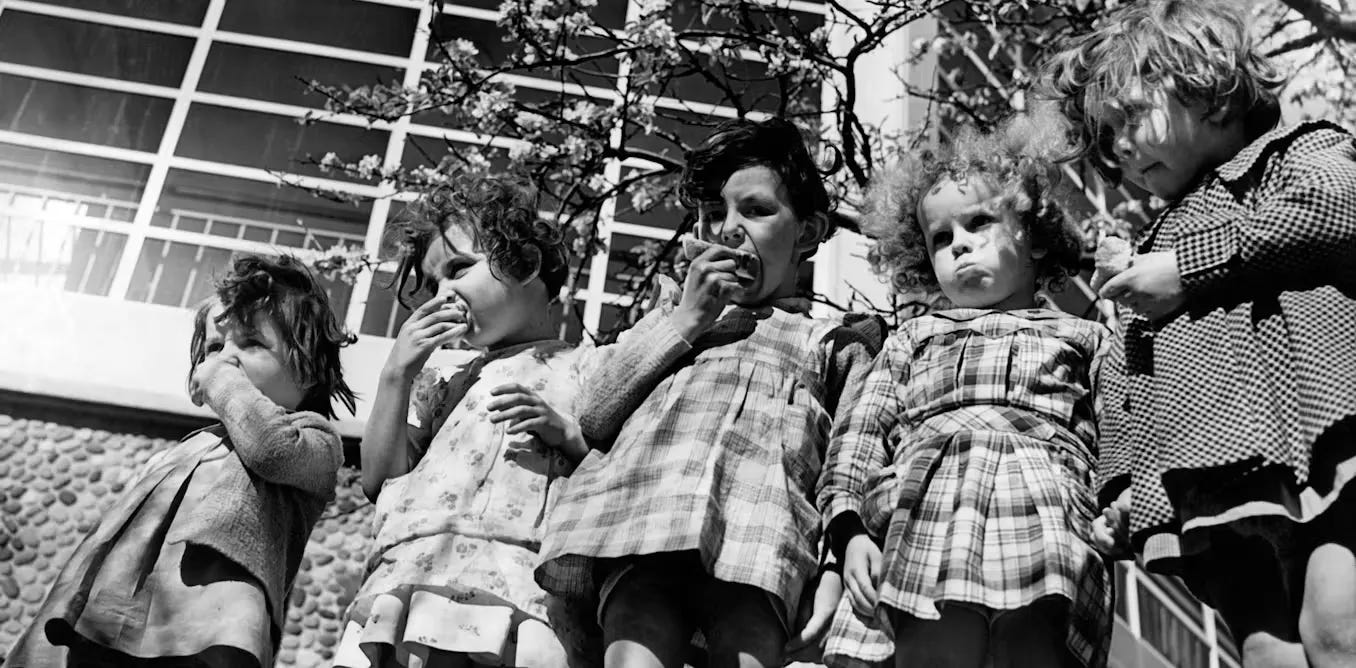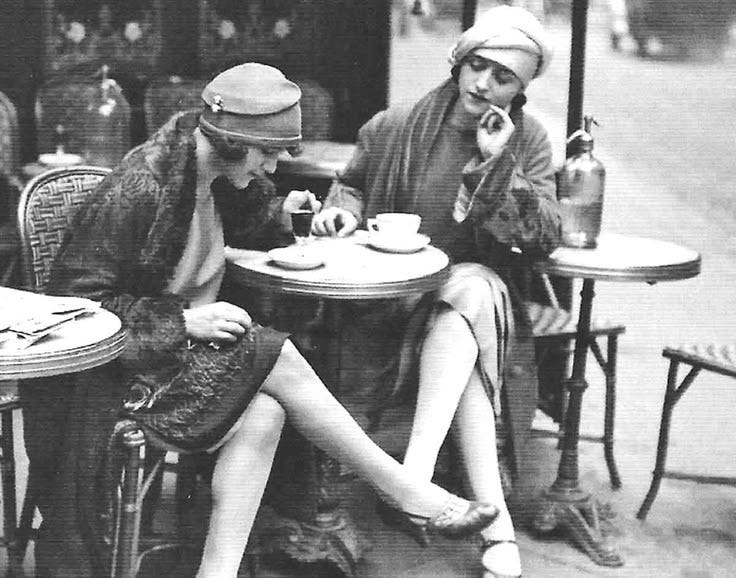The Hollow Years
When France tried to repopulate with foreign seed
Not so long ago, a nation could admit that it was dying and the statement would produce some measure of shock. In 1918, French politicians stared into the demographic abyss, and saw extinction gazing back.
The figures were merciless. Eleven women for every ten men across all ages; twelve to ten in the cohort that should have been marrying and breeding.
The Treaty of Versailles failed to divide Germany as France had desired. Germany lost only 11% of her land and retained a population still half again as large as France’s, and vastly younger. As Britain and America masterfully sidestepped a pledge to defend France from future aggression, France was alone, ageing, and outnumbered. Demographics, everyone suddenly agreed, were destiny.
So Paris opened the gates wider than any European nation had ever dared. The overriding motive, surpassing even the labour shortage, was franker still: France needed children.
The preferred stock were Latin, ideally Catholic. Spaniards and Italians were judged to stand a rung lower than Frenchmen on the civilisational ladder, but their comparative ‘barbarity’ was prized – French demographers believed it guaranteed the one trait modern France lacked: prolific fertility.
French women – so often the default scapegoats of public morality – were abruptly recast as civilising angels. Their supposed “dominant influence… in the domestic life of the household”, would, it was insisted, assimilate the virile foreigner while leaving his reproductive vigour untouched.1
However, one unconsidered factor was that she would also pass on her bad habits - most notably, a strict limitation on the size of the family. As the 1930s rolled on, the number of abortions and live births were estimated to come out to roughly even.2 As the society that mourned 1.4 million young men in the war now disposed of another half-million or so potential children every year, the Catholic Church remained pathetically mute on the issue, unwilling to alienate the faithful for whom abortion had simply become the last step of family planning.
Even entirely foreign couples caught the French disease of family limitation on contact. Usage of contraceptives was very rare, since its promotion, sale and distribution were outlawed, and so illegal abortions amongst foreign women were said to be undertaken with a frightening casualness – something the courts were impotent to curtail despite increasingly fervent convictions.3
The immigrants themselves proved stubbornly resistant to the civilising mission. They brought their politics with them: Italian fascists murdered Italian anti-fascists in Marseilles cafés; Spanish anarchists bombed Spanish monarchists in the Paris metro; Polish communists knifed Polish nationalists in the northern coalfields. Murder, still a rare and shocking event among native Frenchmen, became so routine among the new arrivals that newspapers created special columns for it.4
And still, the worst fears of French demographers came true; fertility rates for mixed marriages were substantially lower than for immigrant couples, especially when the wife was French. Franco-Italian households had hardly more children than French ones, and beginning with the second generation, the birth-rates of foreigners were almost as feeble as those of their French neighbours.5
Every bribe and threat was tried. Bachelor taxes, family allowances, medals for mothers of five, propaganda posters of radiant peasant madonnas with eight children – all failed to arrest France’s declining fertility. The French middle class looked at the cost of an extra child, looked at the cramped apartment, and quietly ignored their civic duty.
By 1936, the Popular Front came to power promising (among other things) to make large families affordable again. They raised family allowances dramatically. Births rose for exactly one year – the length of time it took couples to realise the extra money still did not cover the extra mouth – and then resumed their collapse.
Meanwhile, the young foreign men who had been imported to save France were now competing with Frenchmen for vanishing jobs. The resentment that had been theoretical in 1925 was visceral by 1933. The same newspapers that once praised the “regenerating blood” of immigrants now discovered that foreigners were responsible for crime waves, prostitution, and the falling birth rate itself (because French girls allegedly preferred them).
In 1939 – the very year France, in a last-minute spasm of natalist repentance, forbade employers to dismiss expectant or recent mothers – she declared war on Germany with fewer young men than in 1914, her body still prostrate from the last bloodletting.
Friedrich Sieburg, watching from across the Rhine, caught the national mood with merciless precision:
France feels, quite rightly, that a new world is charging ahead over her body which is weak from loss of blood, and she is perpetually oscillating between two impulses, to jump up and join in the charge and to remain on the ground and give vent to piercing wails.6
The hollow years had done their work. A nation that began the interwar years terrified of a resurgent Germany, could not, with 41 governments in twenty years, prevent her deliverance, even as it stared her in the face.
There is a uniquely French elegance to the way the country sought to achieve demographic salvation with culturally similar arrivals. However, the same civilisation that prided itself on clarity of thought proved incapable of confronting modernity, and admitting the one clarity that mattered: a stubborn people that no longer wishes to reproduce cannot be flattered into doing so.
France discovered this truth in the hardest way possible. The rest of us are merely repeating her experiment, this time on a continental scale.
L’Amitié Française, 13 January 1919, in Schor, L’opinion publique française et les étrangers, p.526.
Pierre Bassac, La Eecondation volontaire: Une revolution dans la vie sexuelle (1935), p.155—57, 163.
“Rapport sur l’immigration et l’émigration étrangères,” Conseil Superieur de la Natalité, Rapports et vœux 6 (1936), p.10.
Eugen Weber, The Hollow Years: France in the 1930s, p.89.
Boverat, “Rapport général sur l’immigration et l’émigration étrangères dans le département,” p.42.
Friedrich Sieburg, Who Are These French?, p.99.




